Mid-Cap Stocks Are the Market's Sweet Spot
Here are my four favorite funds that focus on medium-size companies.

Want to beat the stock market? Consider stocks of midsize companies, which are all too often neglected by both professional and individual investors.
The numbers are striking. From December 31, 1979, through August 31 of this year, the Russell Midcap index returned an annualized 12.8%. That beat Standard & Poor’s 500-stock index, which tracks large-capitalization stocks, by an average of 1.3 percentage points per year. And it bested the Russell 2000 index, which tracks small-company stocks, by an average of 2.1 percentage points per year.
A difference of 1.3 percentage points may not seem like much, but it really adds up over time. If you had invested $1,000 in the Russell Midcap index at the end of 1979, it would have grown to $83,990 by the end of August of this year. Over the same time period, $1,000 invested in the S&P 500 would have increased to only $54,720.
From just $107.88 $24.99 for Kiplinger Personal Finance
Become a smarter, better informed investor. Subscribe from just $107.88 $24.99, plus get up to 4 Special Issues

Sign up for Kiplinger’s Free Newsletters
Profit and prosper with the best of expert advice on investing, taxes, retirement, personal finance and more - straight to your e-mail.
Profit and prosper with the best of expert advice - straight to your e-mail.
If you look at returns since 1926, the earliest date for which accurate figures are readily available, small caps returned an annualized 12.0% through August 31, or an average of 0.4 percentage point per year more than mid caps. Bringing up the rear, large caps returned an average of two percentage points per year less than mid caps.
But over that 90-year period, small caps were 14% more volatile than mid caps—a high price to pay for the relatively modest extra return. In terms of “Sharpe ratios,” a measure of risk-adjusted returns, mid caps beat small caps over the long haul.
Mid caps have also done well lately. From the start of 2010 through August 31, the Russell Midcap index returned an annualized 13.8%, compared with an annualized 12.9% for the S&P 500 and 12.3% for the Russell 2000. In spite of their recent outperformance, mid caps, on average, trade at about the same price-earnings ratios as small caps and large caps, says Philip Segner, an analyst at the Leuthold Group, a Minneapolis-based investment research firm.
Why do mid caps do so well? “They tend to be overlooked,” says Jeff DeMaso, research director for the Independent Adviser for Vanguard Investors, a newsletter that tracks Vanguard funds. “Most of the media attention is focused on large-cap stocks. And small caps capture investors’ attention because they’ve achieved the highest returns over the long term.” The tendency to give mid caps short shrift leads to mis-pricing of the stocks, and that creates opportunities for bigger gains
Not surprisingly, fewer analysts follow mid caps than large caps. That should make it easier for talented fund managers to pick winners. On the negative side, first-rate actively managed mid-cap mutual funds typically charge higher fees than the best large-cap funds.
Actively managed mid-cap funds have less capacity for investor dollars than large-cap funds. The good ones usually close while they’re still relatively small.
But there are still plenty of good mid-cap funds that are open to new investors. Below are my favorites:
Akre Focus Fund (AKREX) is a bold fund with a skilled veteran at the helm. Chuck Akre, 74, has compiled a superior record in his nearly 50 years in the investment business. The fund, a member of the Kiplinger 25, owns just 24 stocks, and more than half of its assets are in just seven stocks. Three-fourths of its assets are in three sectors: communications, financials and industrials. Over the past five years, the fund returned an annualized 16.0%, putting it in the top 97% of funds that focus on fast-growing mid-cap stocks. The negatives: Annual expenses are 1.34%, and the fund has swelled to $5.2 billion in assets. Incidentally, in 2014 Akre installed two comanagers, who will almost certainly take over the fund when he eventually steps down. (All returns in this article are through Sept. 19, unless otherwise noted.)
Parnassus bills itself as a socially responsible fund shop—meaning it avoids companies involved in tobacco, alcohol, weaponry, gambling and the production of electricity from nuclear power, and it seeks to invest only in companies it believes behave ethically. Regardless of how you feel about social screening, you’ll appreciate that Parnassus’s funds are relatively low-risk, reasonably priced and have produced top-notch results.
Parnassus Mid-Cap (PARMX) returned an annualized 9.1% over the past 10 years, putting it in the top 98% of funds that invest in midsize stocks with a blend of growth and value characteristics. Yet the fund was 13% less volatile than its average peer over that period. The fund is relatively small, with $1.1 billion in assets, and it is also a member of the Kiplinger 25. Expenses are 0.99% annually.
T. Rowe Price Diversified Mid-Cap Growth (PRDMX) hews closely to the Russell Mid Cap Growth index but strives to beat it, and it has been largely successful. Run almost entirely by computers, the fund returned an annualized 8.8% over the past 10 years, compared with 8.4% for the Russell index. Expenses are 0.87% annually.
Don’t overlook indexing in mid caps. Vanguard Mid-Cap Index Investor (VIMSX) tracks the CRSP U.S. Mid Cap index, which largely performs in line with the Russell Mid Cap index. The fund’s Investor share class charges 0.20% a year and requires a $3,000 minimum investment. The fund’s Admiral shares (VIMAX) require a $10,000 investment but charge just 0.08%. The exchange-traded-fund version (VO) also charges 0.08% annually.
Steve Goldberg is an investment adviser in the Washington, D.C., area.
Profit and prosper with the best of Kiplinger's advice on investing, taxes, retirement, personal finance and much more. Delivered daily. Enter your email in the box and click Sign Me Up.

-
 The Santa Claus Rally Officially Begins: Stock Market Today
The Santa Claus Rally Officially Begins: Stock Market TodayThe Santa Claus Rally is officially on as of Wednesday's closing bell, and initial returns are positive.
-
 How to Leave Different Amounts to Adult Children Without Causing a Rift
How to Leave Different Amounts to Adult Children Without Causing a RiftHere’s how to leave different amounts to adult children without causing a family rift.
-
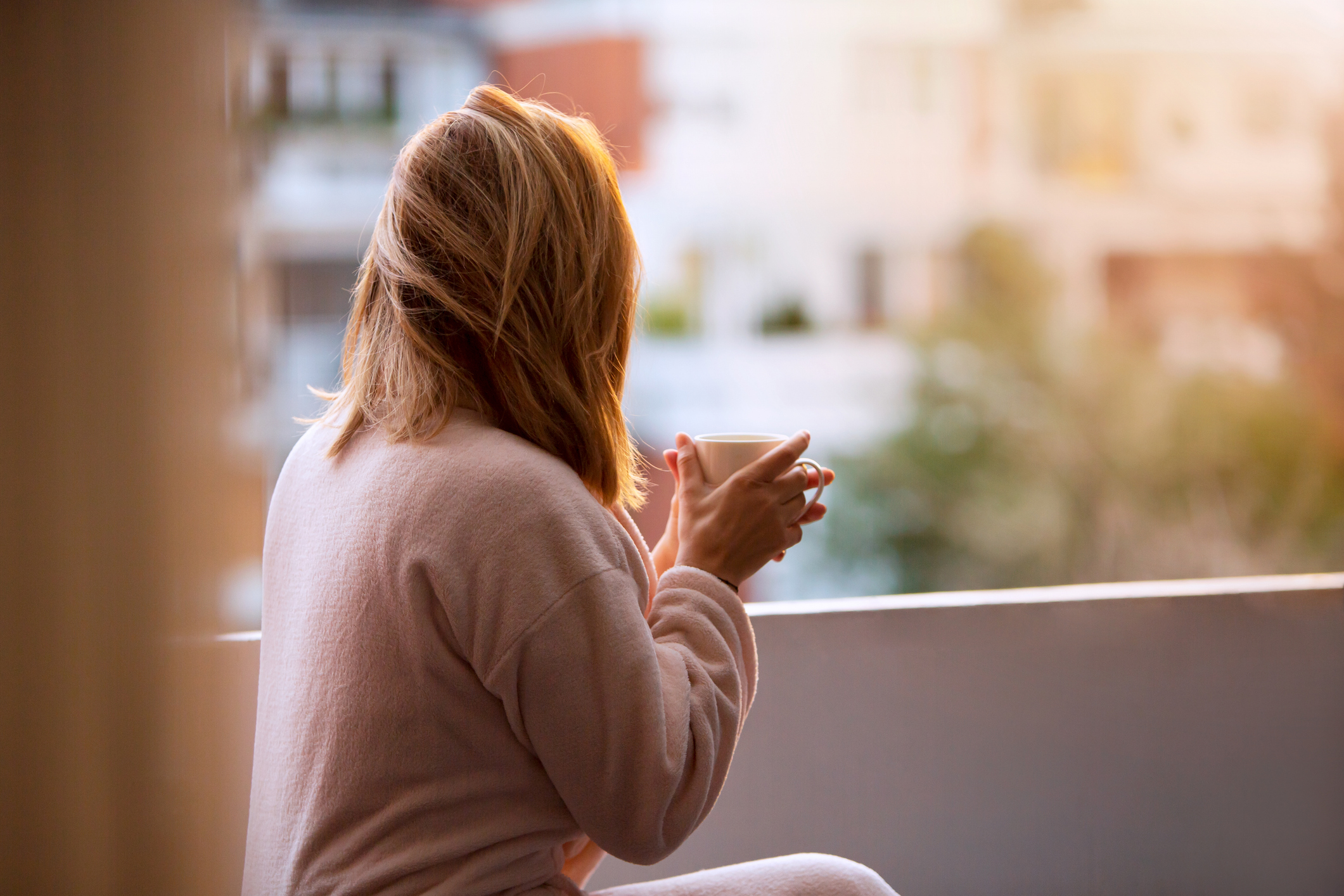 My Retirement Learning Curve, 1 Year In
My Retirement Learning Curve, 1 Year InA retiree checks in with what they wish they knew early on and what they've changed about their plan one year in.
-
 The Santa Claus Rally Officially Begins: Stock Market Today
The Santa Claus Rally Officially Begins: Stock Market TodayThe Santa Claus Rally is officially on as of Wednesday's closing bell, and initial returns are positive.
-
 'Humbug!' Say Consumers, Despite Hot GDP: Stock Market Today
'Humbug!' Say Consumers, Despite Hot GDP: Stock Market Today"The stock market is not the economy," they say, but both things are up. Yet one survey says people are still feeling down in the middle of this complex season.
-
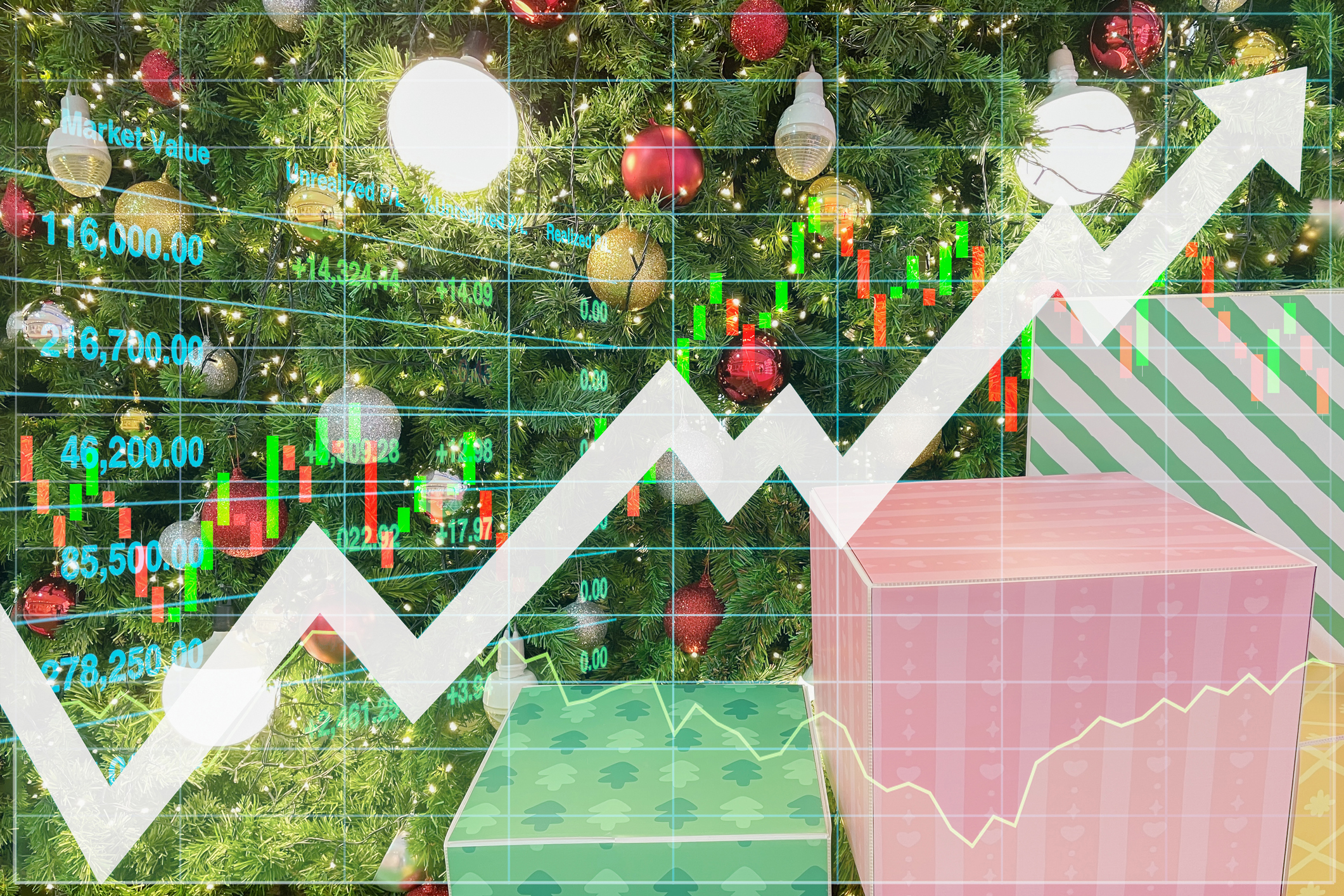 Stocks Rise to the Spirit of the Season: Stock Market Today
Stocks Rise to the Spirit of the Season: Stock Market TodayInvestors, traders and speculators are beginning to like the looks of a potential year-end rally.
-
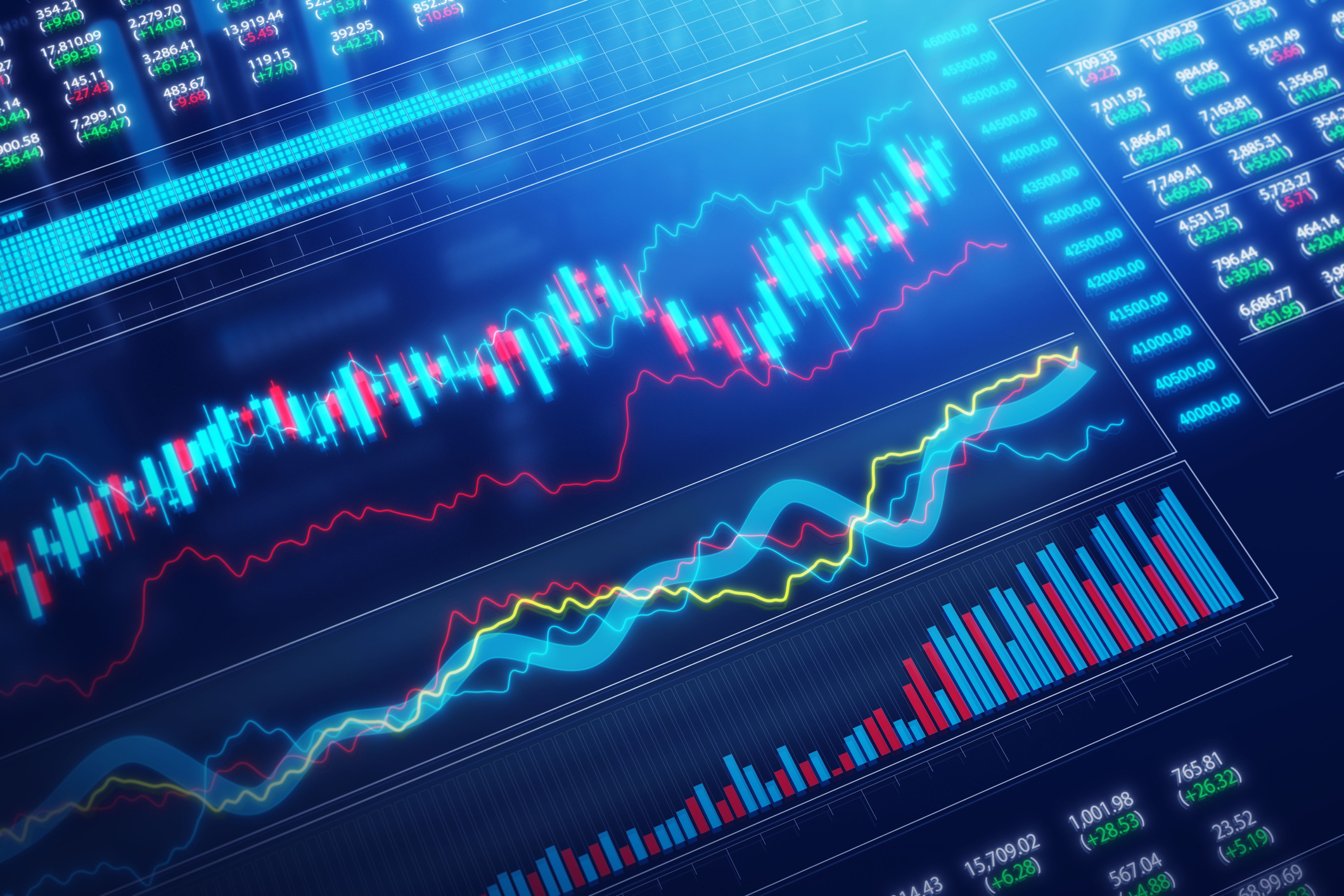 Nasdaq Leads as Tech Stages Late-Week Comeback: Stock Market Today
Nasdaq Leads as Tech Stages Late-Week Comeback: Stock Market TodayOracle stock boosted the tech sector on Friday after the company became co-owner of TikTok's U.S. operations.
-
 Cooler Inflation Supports a Relief Rally: Stock Market Today
Cooler Inflation Supports a Relief Rally: Stock Market TodayInvestors, traders and speculators welcome much-better-than-hoped-for core CPI data on top of optimism-renewing AI earnings.
-
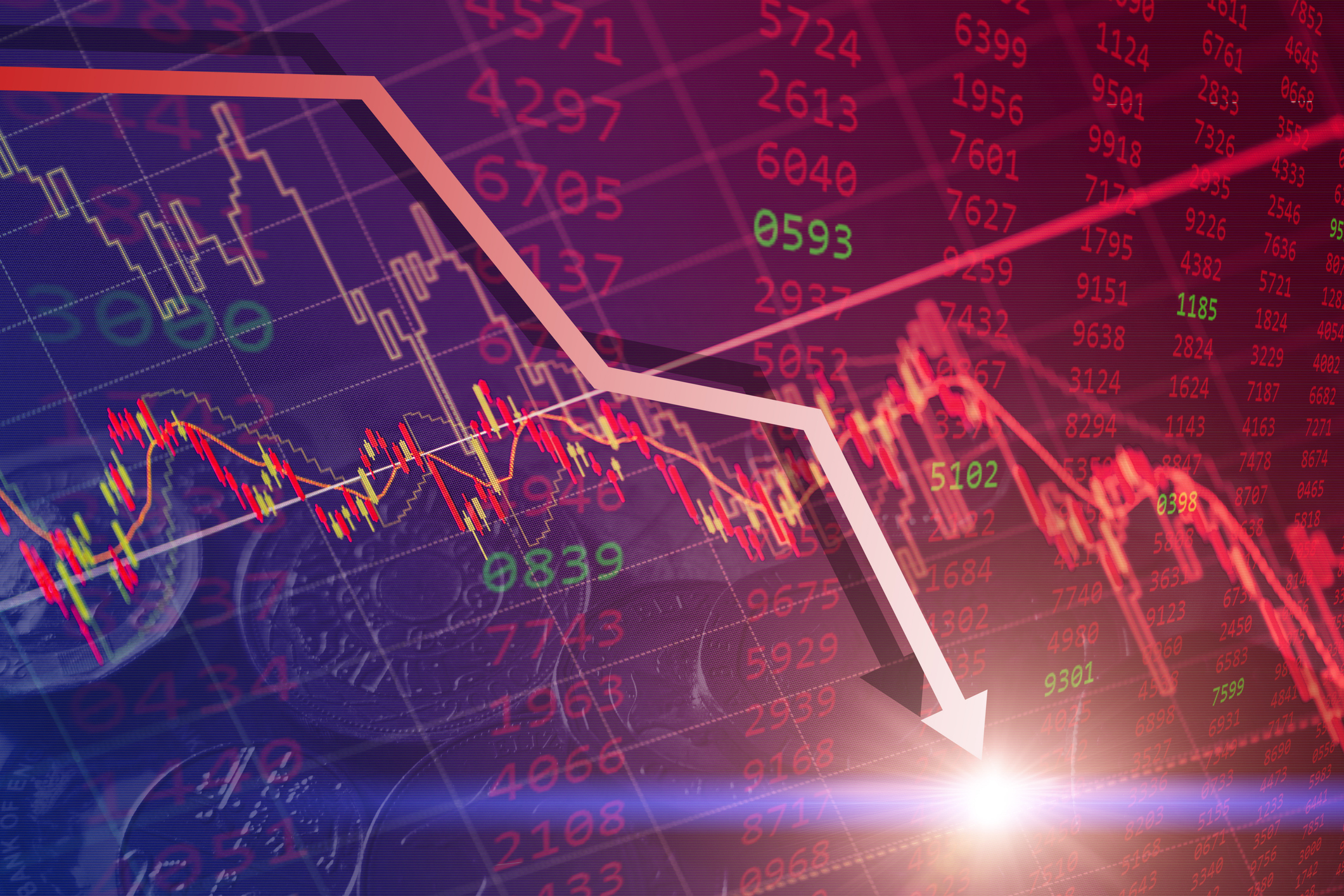 Nasdaq Sinks 418 Points as Tech Chills: Stock Market Today
Nasdaq Sinks 418 Points as Tech Chills: Stock Market TodayInvestors, traders and speculators are growing cooler to the AI revolution as winter approaches.
-
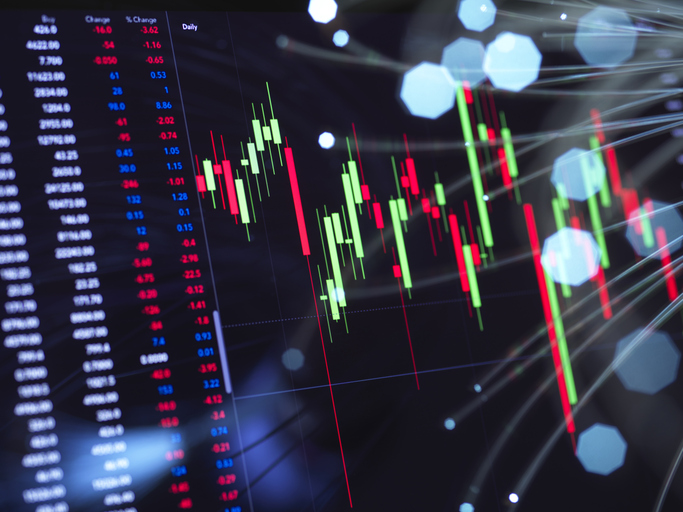 Stocks Chop as the Unemployment Rate Jumps: Stock Market Today
Stocks Chop as the Unemployment Rate Jumps: Stock Market TodayNovember job growth was stronger than expected, but sharp losses in October and a rising unemployment rate are worrying market participants.
-
 Stocks Struggle Ahead of November Jobs Report: Stock Market Today
Stocks Struggle Ahead of November Jobs Report: Stock Market TodayOracle and Broadcom continued to fall, while market participants looked ahead to Tuesday's jobs report.